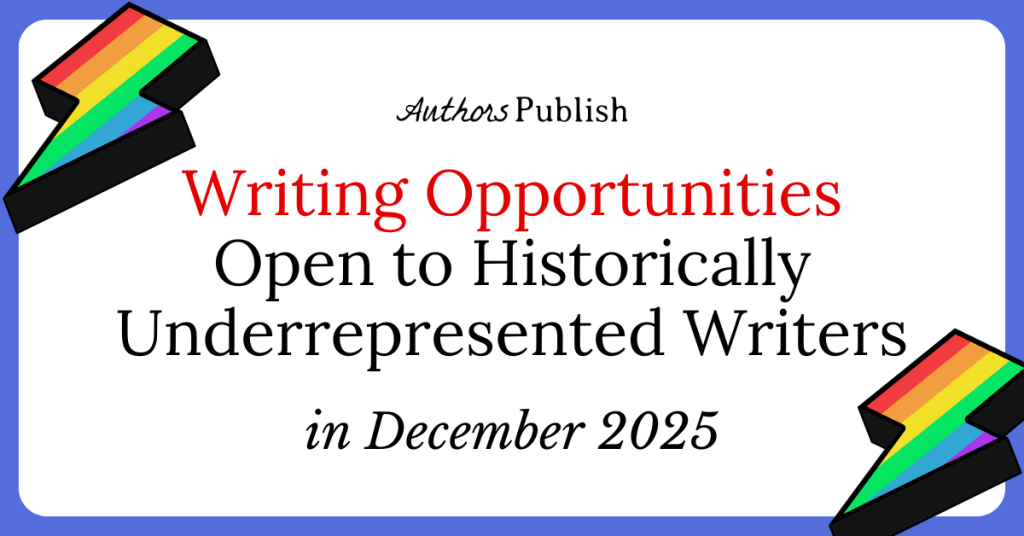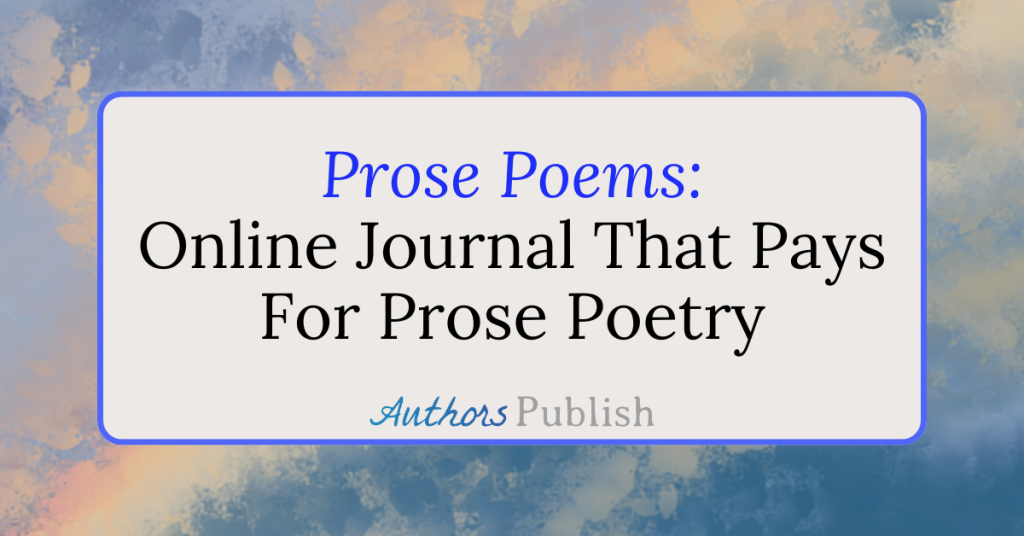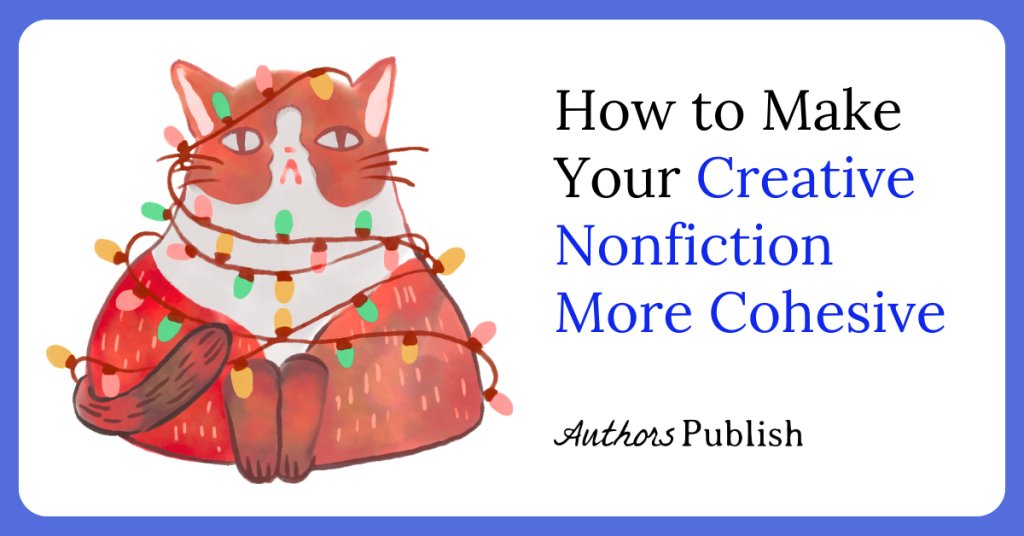By Emily-Jane Hills Orford
I have always loved apples, applesauce and cooking with apples. It’s all rooted in a fond memory that makes a great story, well worth the telling and sharing multiple times over. But, to just say I like to make applesauce isn’t enough. I am a storyteller, after all, and even my first batch of applesauce deserves the credit of a great story. Hence my memoir snapshot story, “Applesauce”, which was published in the Curious Tourist Guide. This is one of many personal event stories that I have shared with the readers of Curious Tourist Guide and other publications over the years. Weaving a story around an ordinary event, makes the story exemplary, entertaining and engaging. Telling the story in first person narrative makes sense, since it is my story, but it also pulls the reader into my story much like a seasoned storyteller does when orally sharing their stories to an enraptured, attentive audience.
When sharing our stories, we need to remember that, unless we’re planning the more historical approach, a memoir, a personal essay, a creative nonfiction are all real life stories, true stories, and should read like a novel. They are, in fact, defined as a literary genre and each of these genres are similarly defined as stories about the author’s life. They can be long, short, metaphorical snapshots of specific segments in the author’s life, or lengthy, beginning to end type of story. The key to each of these genres is to keep the storytelling format alive.
How do you do that? Write your story (whatever genre you wish to define it as) like a novel. Make it come alive!
Here some tips:
- Keep the reader involved in the story. We live in an era where people love to peek into others’ lives, be they famous or just the neighbor down the street. I remember one person who actually confessed that she only read my memoir stories to get to know me better. She’s remained a good friend ever since. And, she continues to enjoy my stories.
- Remember the basics of a good short story when writing the memoir. Start with a compelling hook, something that’ll draw in the reader. Make sure there’s a beginning, a middle, and an end. Build up to a climax and settle with a satisfying resolution.
- Make a list of significant key points in your life’s story and draw on some snapshot events that outline the key points effectively, like my simple story about making applesauce with my godmother.
- Not sure where to start? I find it helpful to use those simple snapshot events from my outline and write short stories. These may or may not be woven into the final memoir, but they’re stories worth telling anyway and it helps get the creative juices flowing and unravel the memories that clog our brains.
- Add a little humor. There must be some funny stories in your life. We were all children once upon a time and, as children, we did funny things. Many of us will recall those embarrassing moments when our parents shared those funny stories with extended family and friends. But these ‘funny’ childhood stories defined us and a little bit of humor in anyone’s life is not a bad thing, so share it in your memoir.
- Use dialogue effectively. Of course, you probably don’t recall what was said in the actual events, but you know the key players and what verbal exchanges might have occurred. If you write dry narrative, your story, your memoir will fall flat; dialogue makes your story come alive.
- Include some action scenes. Yes, you’re writing your memories, but there must be some action scenes in your life: an argument with a friend that turned into a fist fight, an accident on the ski slope, an attempt to save a loved one’s life. Don’t just record the facts, make it come alive. Add that little punch of a ‘wow’ factor.
- Do your research. I was about ten when we went to see the newly released movie, “That Darn Cat.” A major fire in the movie theatre threatened to cancel our family outing. Complete with scaffolding to hold up the walls and restricted seating, the theatre opened anyway (this was the 1960s, after all) and we went to see the movie. I was terrified the ceiling and walls would crumble on top of us. The memory stayed with me, but not the facts. A childhood memory of a burned-out movie theatre wasn’t enough for a story. I did the research, dug through the local archives, and discovered the full story behind the fire. The end result was my story, “That Darn Cat”, which was published early in 2022.
The bottom line is, your memoir, is your story. Make it into an engaging, entertaining story. Keep your readers attentive and interested to the very end. Remember, like any other story, make it come alive with plot, setting, dialogue, action – in short, anything and everything you would use in a work of fiction.
Emily-Jane Hills Orford is a country writer, living just outside the tiny community of North Gower, Ontario, near the nation’s capital. With degrees in art history, music and Canadian studies, the retired music teacher enjoys the quiet nature of her country home and the inspiration of working at her antique Jane Austen-style spinet desk, feeling quite complete as she writes and stares out the large picture window at the birds and the forest. She writes in several genres, including creative nonfiction, memoir, fantasy, and historical fiction. http://emilyjanebooks.ca






